Calligraphy is more than just beautiful handwriting—it’s an art form that transforms letters into stunning works of art. Whether you’re looking to add a personal touch to wedding invitations, create eye-catching wall art, or simply embrace a relaxing new hobby, calligraphy offers endless possibilities. In this guide, we’ll explore creative calligraphy ideas, break down essential techniques, and answer some of the most common questions for beginners and seasoned artists alike.
see graffiti ideas for beginners
What Are the 4 Types of Calligraphy?
Calligraphy encompasses a wide variety of styles, but four major types stand out:
- Modern Calligraphy: A free-flowing, contemporary approach that’s ideal for beginners.
- Gothic Calligraphy: Known for its dramatic, angular strokes and medieval vibe.
- Italic Calligraphy: Elegant and slanted, often used for formal documents.
- Copperplate Calligraphy: Distinguished by its fluid, curvy lines and timeless appeal.
Each style has its charm and challenges, making it easy to find one that suits your personality and project goals.
What Is the Easiest Calligraphy for Beginners?
If you’re just starting out, Modern Calligraphy is a great choice. It doesn’t adhere strictly to rules, allowing you to experiment and develop your unique style. Paired with brush pens, modern calligraphy is accessible and forgiving—perfect for mastering the basics while enjoying the process.
What Are the 7 Basic Strokes of Calligraphy?
Mastering the seven fundamental strokes is essential for developing your calligraphy skills. These strokes form the building blocks of most scripts:
- The Entrance Stroke
- The Downstroke
- The Overturn
- The Underturn
- The Compound Curve
- The Oval
- The Ascending Loop
Practicing these repeatedly will strengthen your muscle memory and give you confidence in creating consistent letters.
How to Write Beautiful Calligraphy
Creating stunning calligraphy requires practice and the right tools. Here’s a quick guide:
- Choose the Right Supplies: Invest in quality pens, paper, and ink.
- Warm Up: Begin each session with basic strokes and drills.
- Focus on Spacing and Consistency: Letters should flow naturally while maintaining uniformity.
- Experiment with Styles: Try different scripts and tools to find what works best for you.
- Take Your Time: Precision is key—don’t rush the process.
Master the Art of Writing: Inspiring Calligraphy Ideas
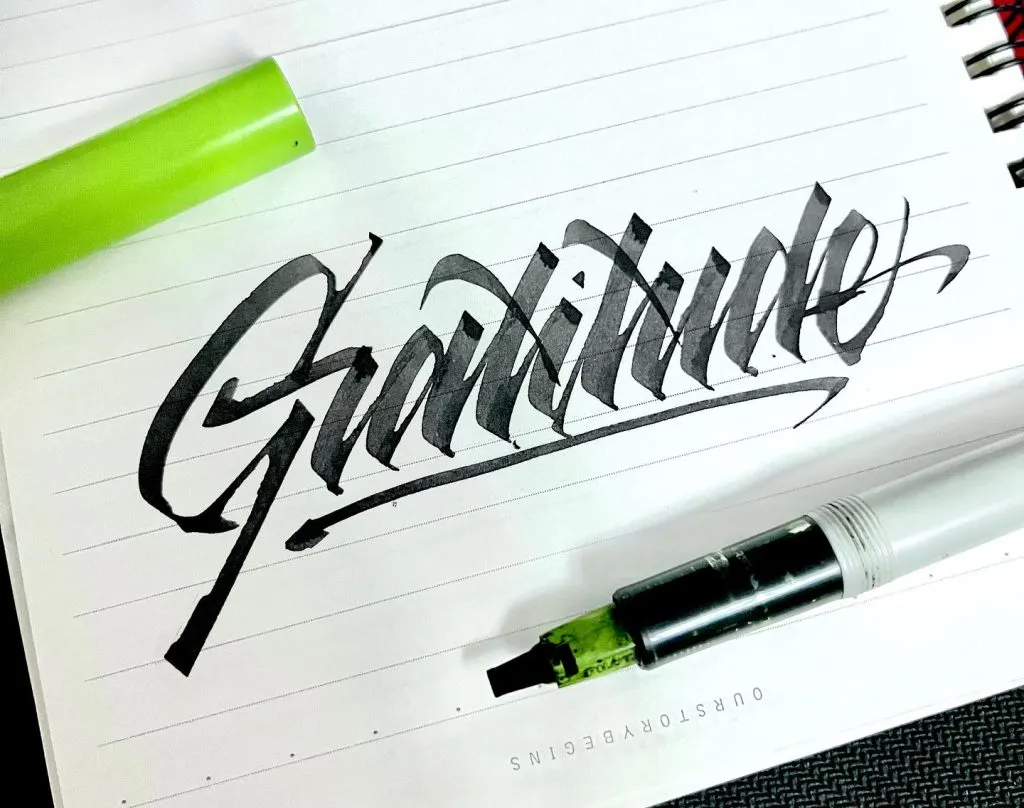
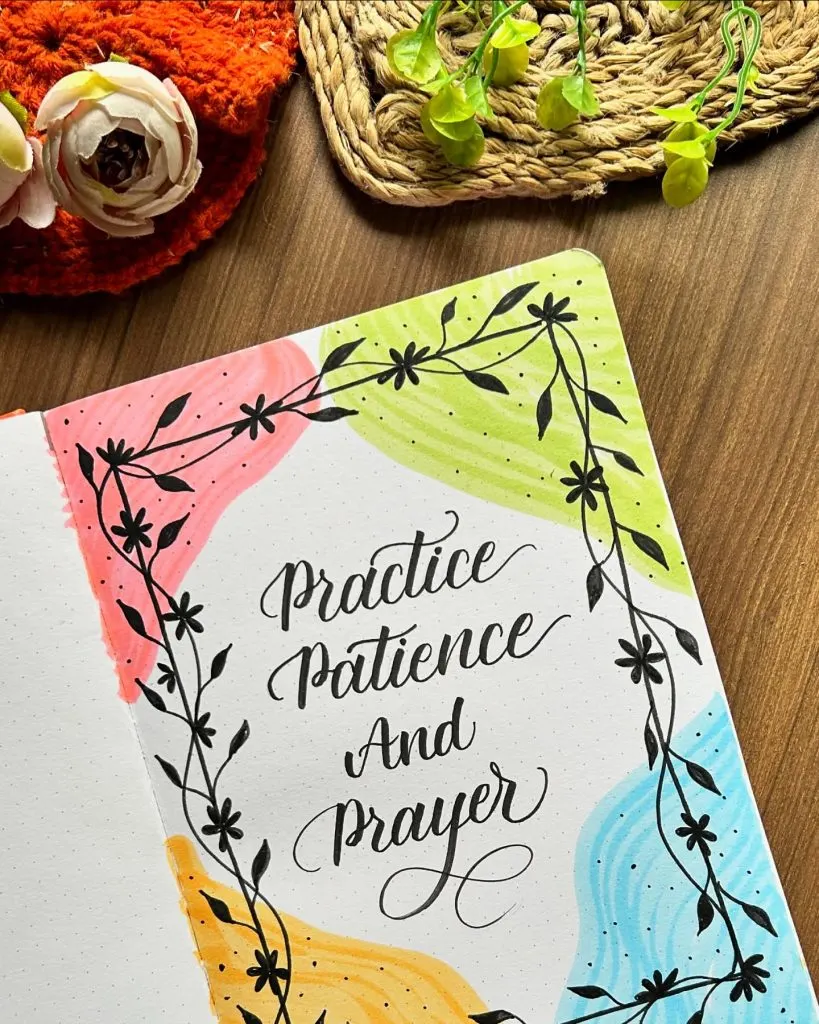
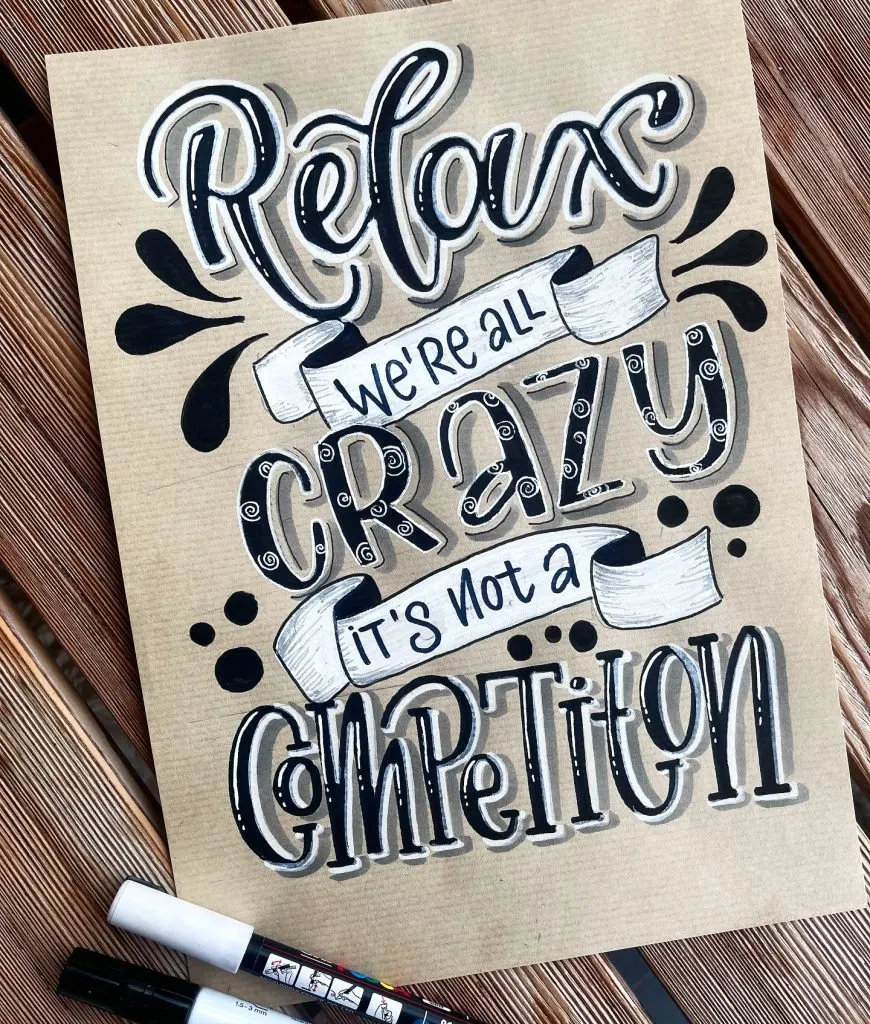
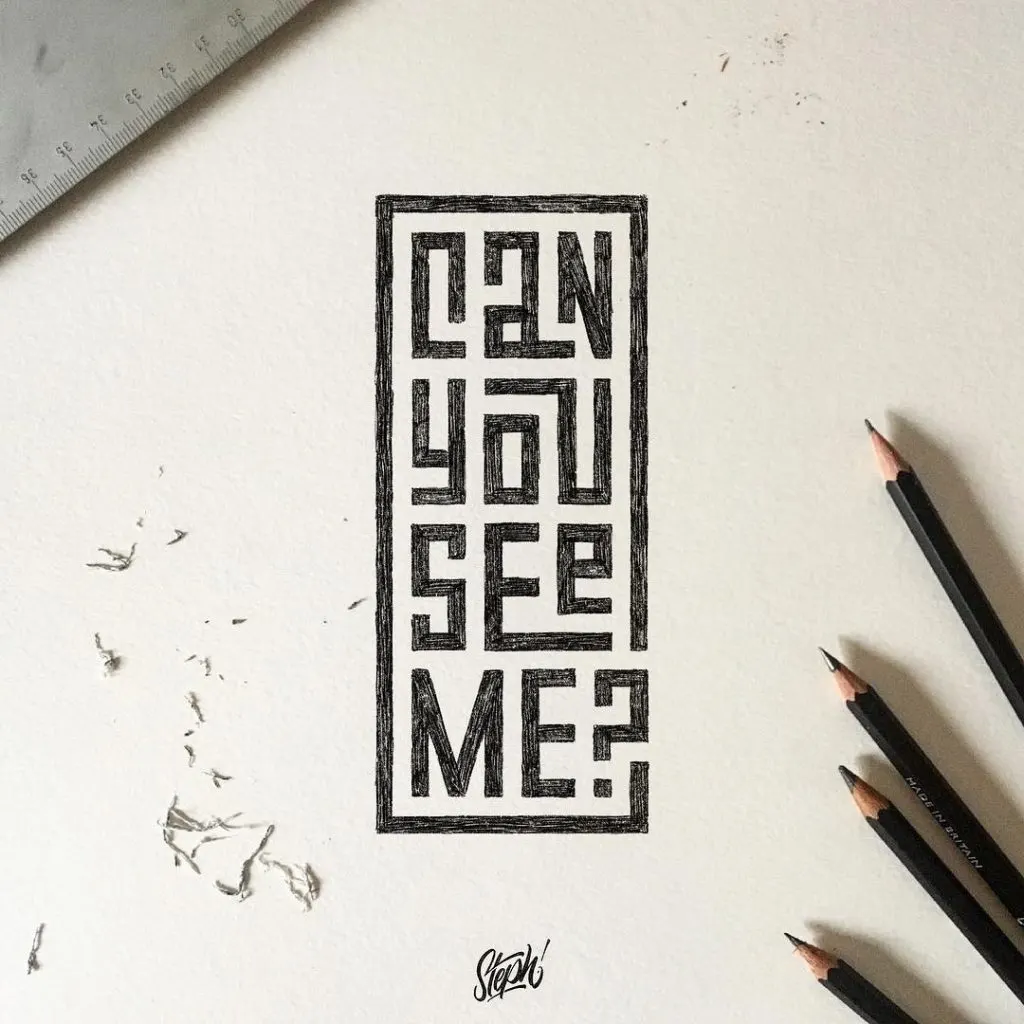


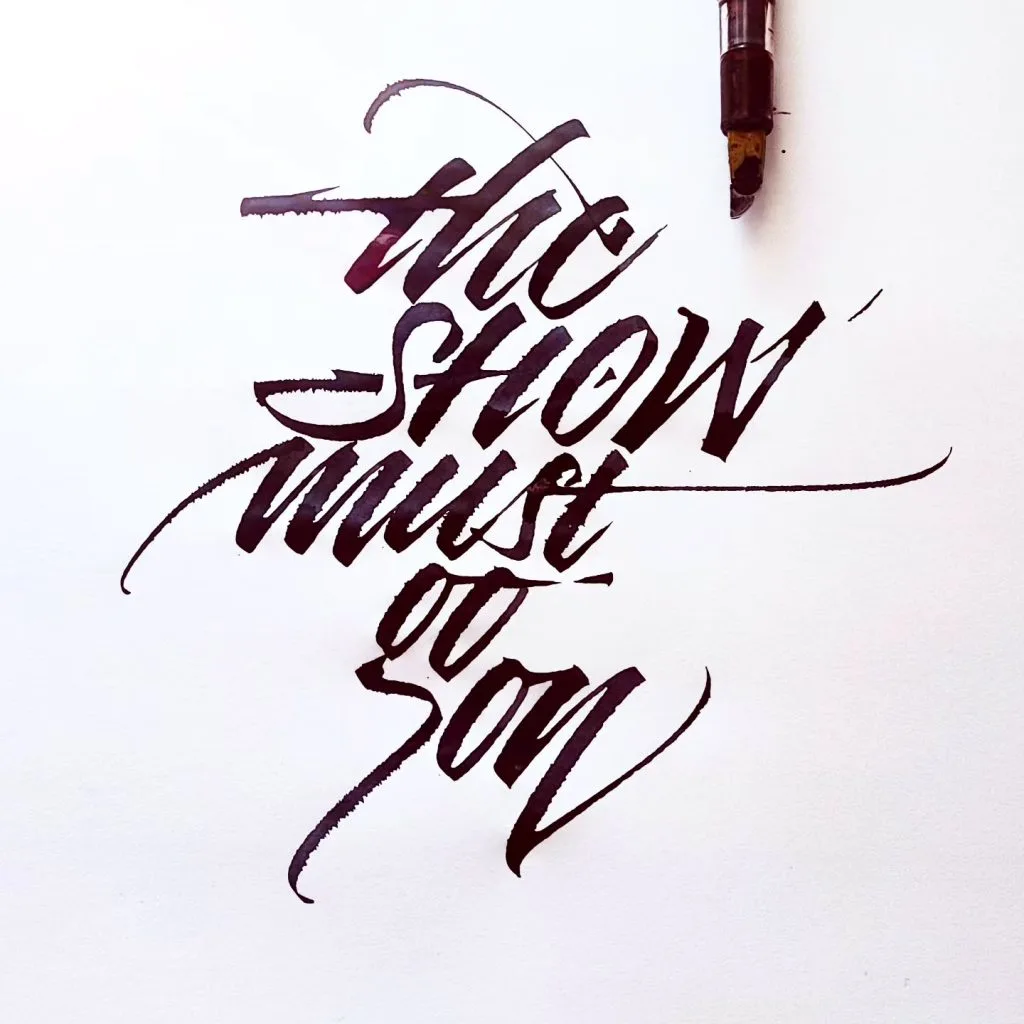



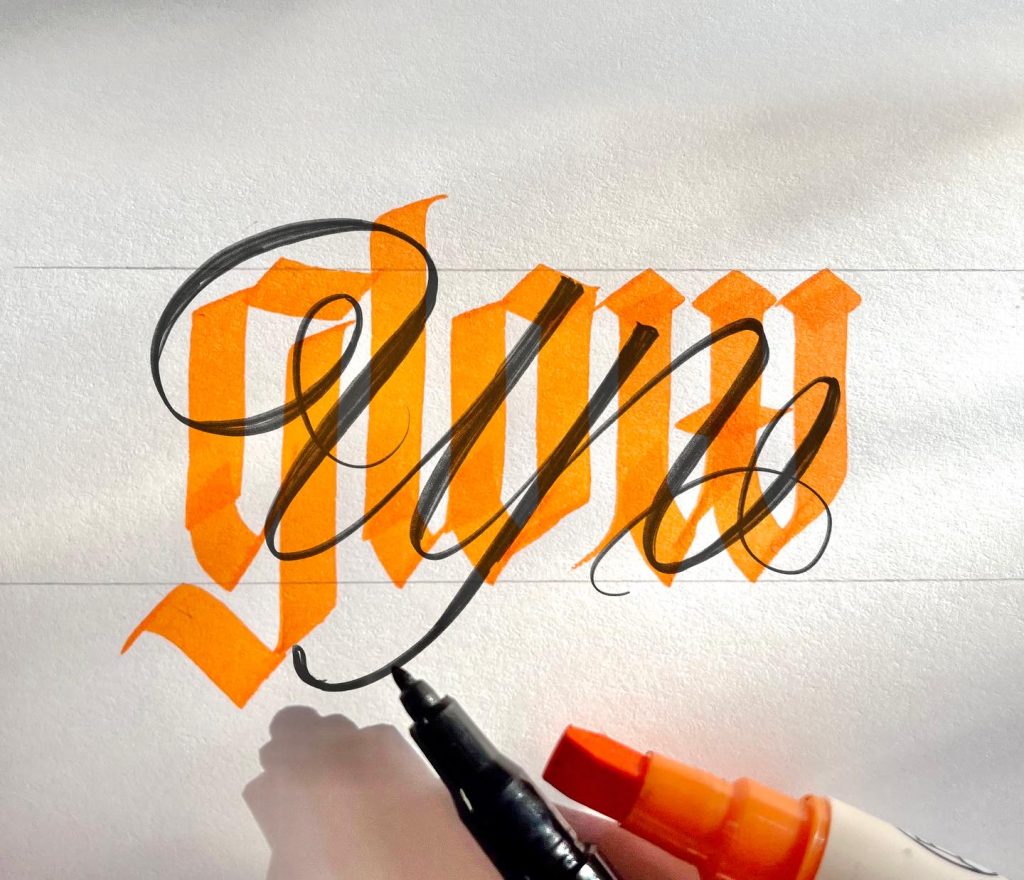
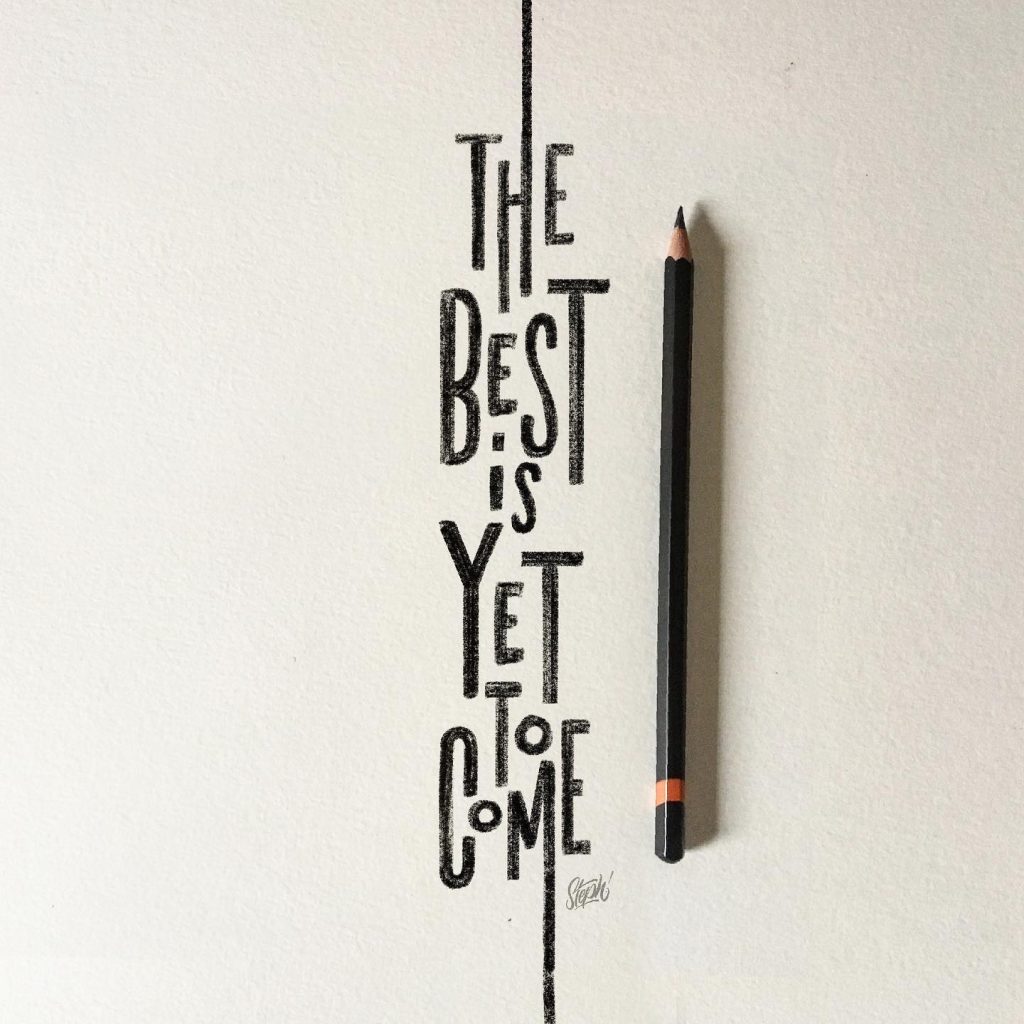
Outro
Calligraphy is a journey of creativity, patience, and self-expression. Whether you’re a seasoned artist or a curious beginner, these ideas and tips will help you explore the boundless possibilities of this timeless art form. So grab your pen, let your imagination flow, and create something truly remarkable!

